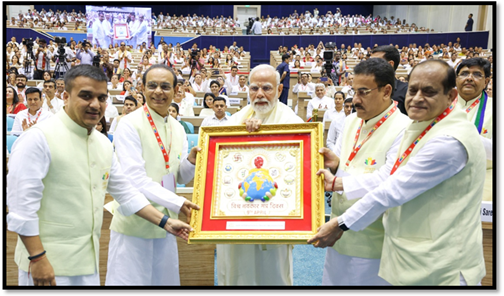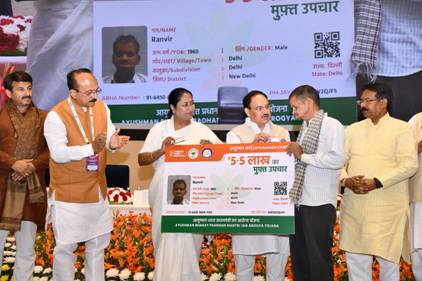SIR GANGA RAM HOSPITAL RESEARCHERS REPORT A POSSIBLE EARLY MARKER FOR DIAGNOSIS OF NEW BORN SEPSIS
SIR GANGA RAM HOSPITAL RESEARCHERS REPORT A POSSIBLE EARLY MARKER FOR DIAGNOSIS OF NEW BORN SEPSIS
FAST METHOD TO DETECT NEW BORN SEPSIS FOR EARLY DIAGNOSIS , TREATMENT AND REDUCTION IN MORTALITY
CAN BRING DOWN THE DIAGNOSIS TIME TO 2 HOURS FROM PRESENT 24 TO 72 HOURS
FINDINGS PUBLISHED IN 25TH JUNE 2013 EDITION OF INTERNATIONAL JOURNAL OF LABORATORY HEMATOLOGY (Attached with in)
CURRENT SITUATION IN INDIA :
MNV CRP in neonatal sepsis –Neonatal Sepsis comprises a major problem in India with septicemia and pneumonia accounting for 52 % deaths in home-cared rural born neonates. Early detection is challenging as clinical signs are subjective , and the gold standard , a positive blood culture , requires 1-3 days . Cases of suspected but blood-culture negative sepsis outnumber culture-positive ones by at least 15-20 times . Inexpensive diagnostic alternatives like complete blood counts , neutrophilia , immature neutrophils and the immature-to-total neutrophil (IT) ratio are relatively insensitive . Other markers like C-reactive protein (CRP) , interleukin (IL)-6 , procalcitonin , calprotectin , lipopolysaccharide-binding protein , and neutrophil CD-64 expression as well as novel molecular / proteomic techniques have been investigated.
Currently diagnosis of neonatal sepsis is made on the basis of combined equations generated from three tests that is Complete Blood Count ( CBC) , Blood Culture and CReactive Protein . The results of these are generated in 24 to 72 hours and patient is started on antibiotics pending the results.
SGRH RESEARCH :
Neonatal Sepsis is one of the diseases which is characterized by leukocytic abnormalities in the blood . Researchers from SGRH used VCS (Volume , Conductivity and Scatter ) data generated from automated hematology analysers LH-750 , for early and sensitive diagnosis of sepsis in newborns . VCS data are obtained from complete blood counts costing approximately Rs 200/- , without any requirement of additional testing , extra sample , reagents , time, or expenditure. We evaluated its performance as a potential marker of neonatal sepsis.
HOW IT WAS DONE :
The study setting was a busy referral neonatal intensive care unit (NICU) in a tertiary-care teaching hospital , SGRH. After institutional Ethics Committee clearance , venous blood samples were drawn from 94 neonates aged 0-28 days admitted consecutively to the NICU in whom sepsis was suspected along with 36 gestation-matched healthy controls with no clinical or laboratory suspicion of infection . Complete blood count and VCS parameters were obtained . Romanowsky – stained blood films were examined , and lekocyte differential count , neutrophil percentage , immature neutrophil percentages (i.e bands , metamyelocytes , myelocytes , and promyelocytes ), and IT ratio were calculated . Simultaneous blood cultures and CRP measurement were sent in all babies . Urine , CSF , and / or other site cultures were performed as necessary .
All neonates were followed up till discharge , death , or leave against medical advice .
CONCLUSION OF RESEARCH:
Findings of this research suggested that Mean Neurophil Volumes (MNV) + CReactive Protein (CRP) criterion is a potentially useful tool for the evaluation of neonates with proven as well as suspected sepsis . Further analysis showed that VCS parameters calculable from hospital information systems could improve timely (within 2 hours) recognition of serious infections and prevent unnecessary use of antibiotics in this vulnerable population.
The complete study is attached.






